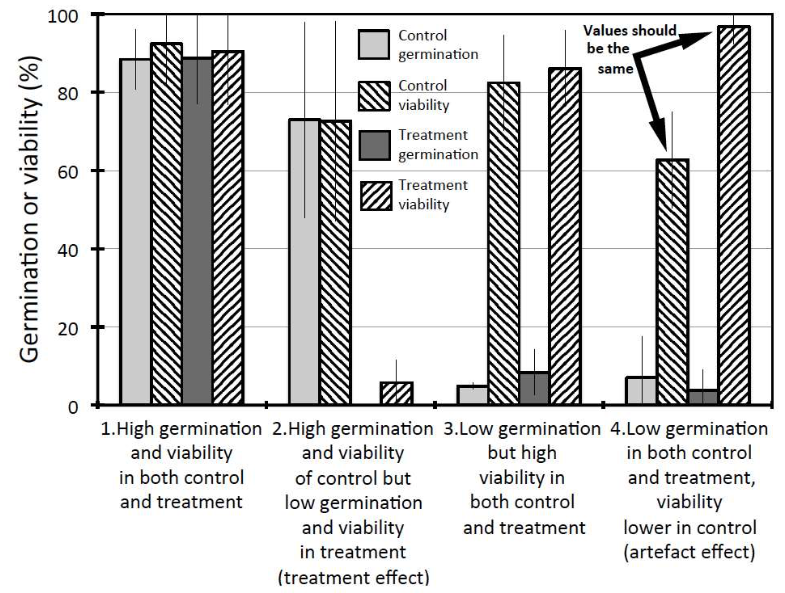
Seed biologists beware: End-of-trial estimation of initial viability may be error-prone (preprints)
Assessing the viability of ungerminated seeds at the end of a trial is a common practice in seed germination experiments. By doing this, researchers aim to establish the number of viable seeds that were sown in an experiment and estimate germination parameters accordingly. Still, can we be sure that…

Lessons on textile history and fibre durability from a 4,000-year-old Egyptian flax yarn (Nature Plants)
“Food, fuel, and fiber” sometimes is used to describe our utter dependence on plants, but often, other than cotton, the “fiber” part is under appreciated. However, there is a growing interest in bio-based materials, both for their greater recyclability and as an alternative to petroleum-derived…
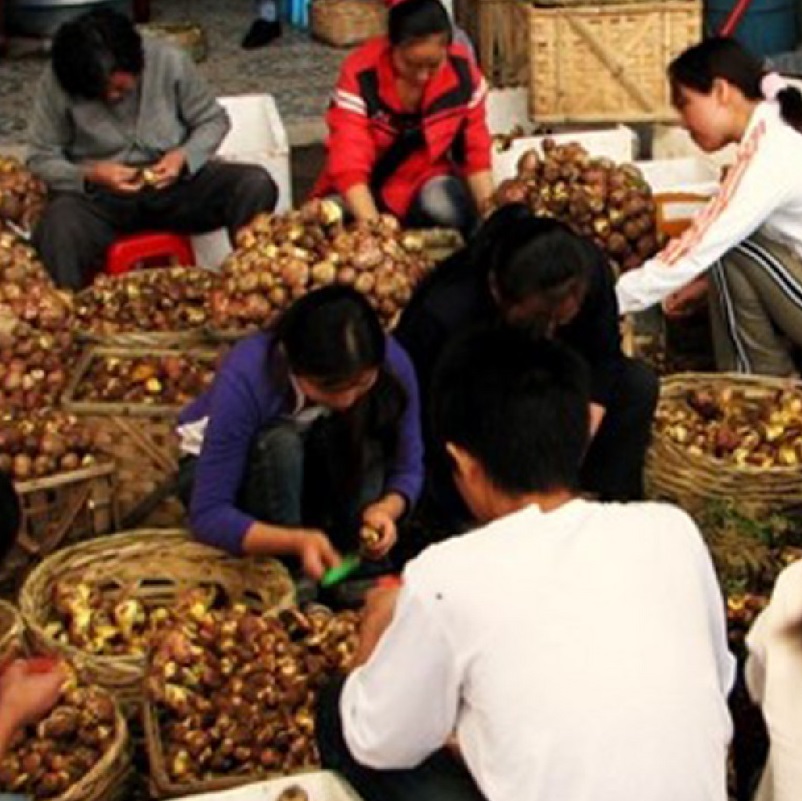
Plants People Planet Special Issue: Mycorrhizas for a changing world
Plants People Planet is a relatively young journal that launched in 2019. It’s aim is to explore aspects of plant science directly relevant to our daily lives, and how plant science is communicated to the public. The Sept 2021 issue has a focus on mychorrhizas, which it explores through several opinion,…

Relevance of hop terroir for beer flavor (J. Inst. Brew.)
Beer is a simple beverage, basically fermented barley sugars. But recently, it’s been all about the hops. Hops are buds of Humulus lupulus, a member of the Cannabaceae family, and from humble origins they have been carefully bred and selected, resulting in many varieties with different aroma and flavor…

A research road map for responsible use of agricultural nitrogen (Front. Sustain. Food Syst.)
Recently, the UN Environment Programme identified excessive reactive nitrogen (N) resulting from anthropogenic activity as one of the five emerging threats facing our planet. Much of this derives from agricultural practices in which N fertilizers are inefficiently applied to crops, a significant proportion…
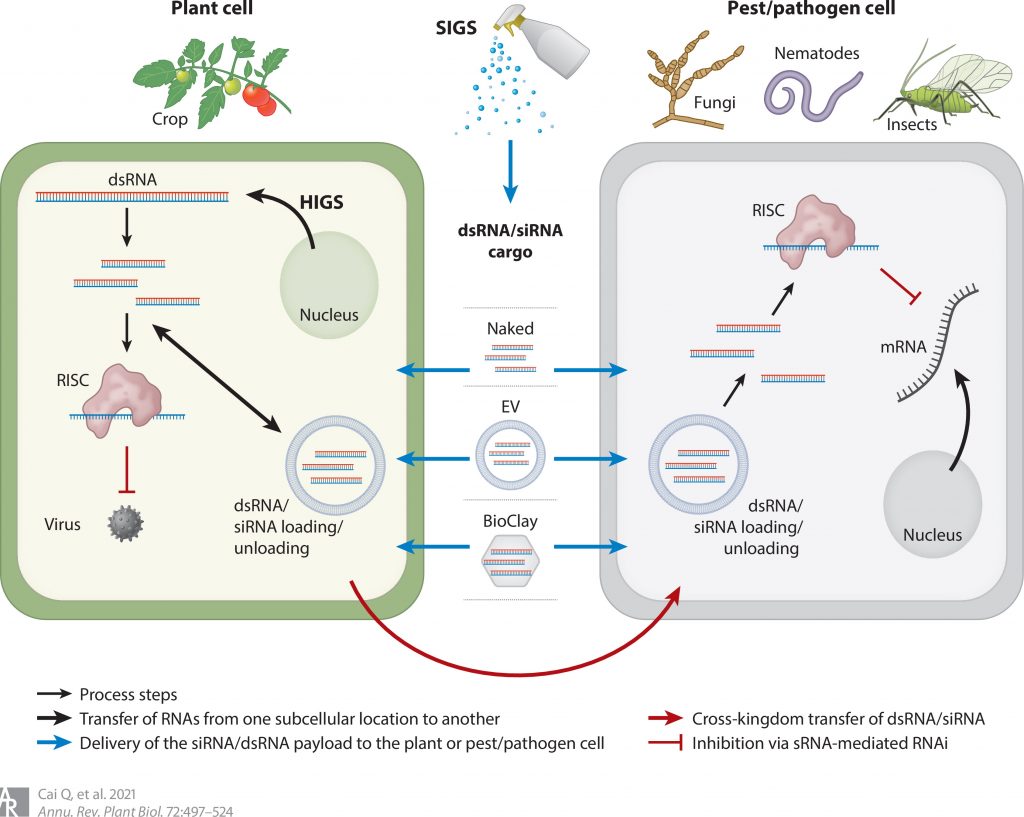
Review. Message in a Bubble: Shuttling small RNAs and proteins between cells and interacting organisms using extracellular vesicles (Annu. Rev. Plant Biol.)
Small RNAs have big effects and can serve to shut down or silence gene expression. Recently, studies have found that small RNAs can contribute to plant defense beyond the boundary of the plant, by being packed into extracellular vesicles (EVs) and delivered to a pathogen. Cai et al. review our current…
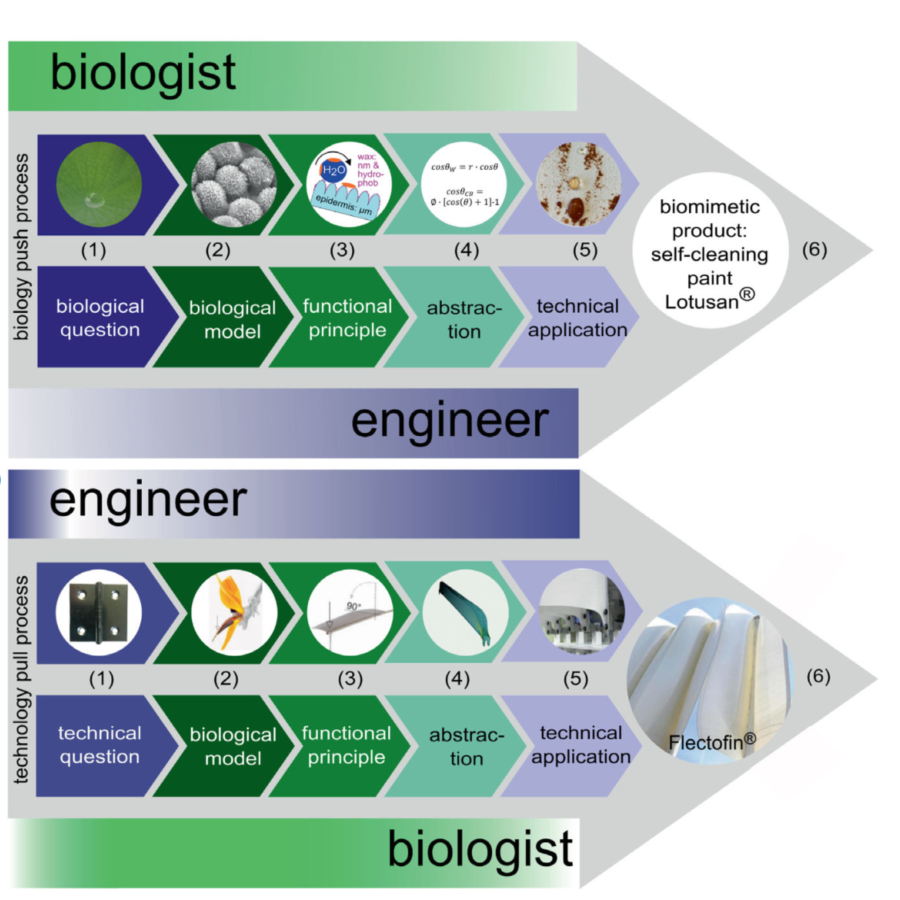
Review: Functional morphology of plants - a key to biomimetic applications (New Phytol.)
Humans have derived inspiration from innumerable corners of the natural world. Plants of diverse forms have inspired many “biomimetics,” or technical products derived from biological models. Speck and Speck review how plant-based biomimetics have developed over time and elaborate on their current…
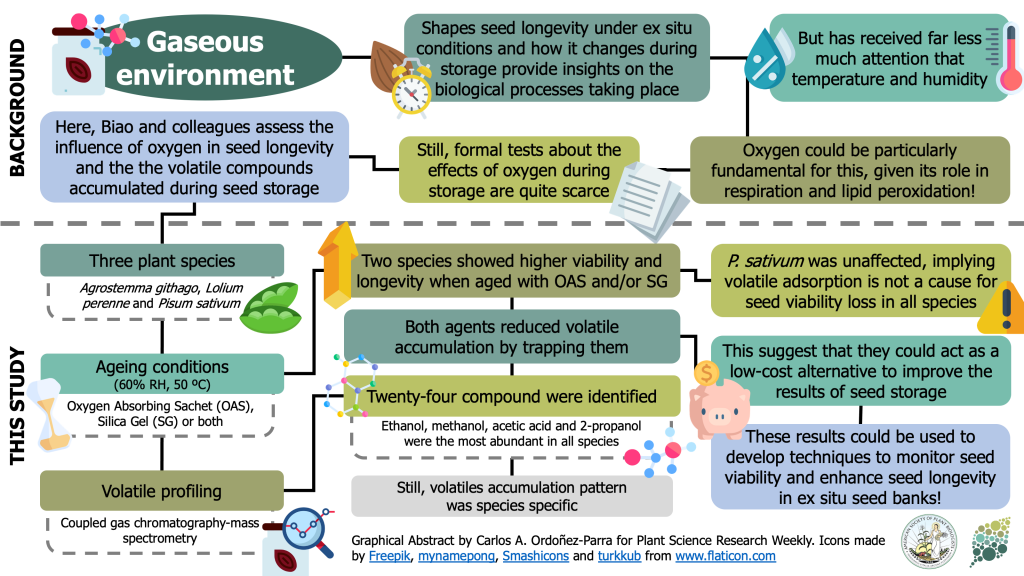
Gaseous environment modulates volatile emission and viability loss during seed artificial ageing (Planta)
The gaseous environment is thought to play a fundamental role in seed longevity in storage conditions, given the role of oxygen and other volatile compounds in seed viability loss. However, formal tests of its influence are still scarce compared to other storage parameters such as temperature and humidity.…
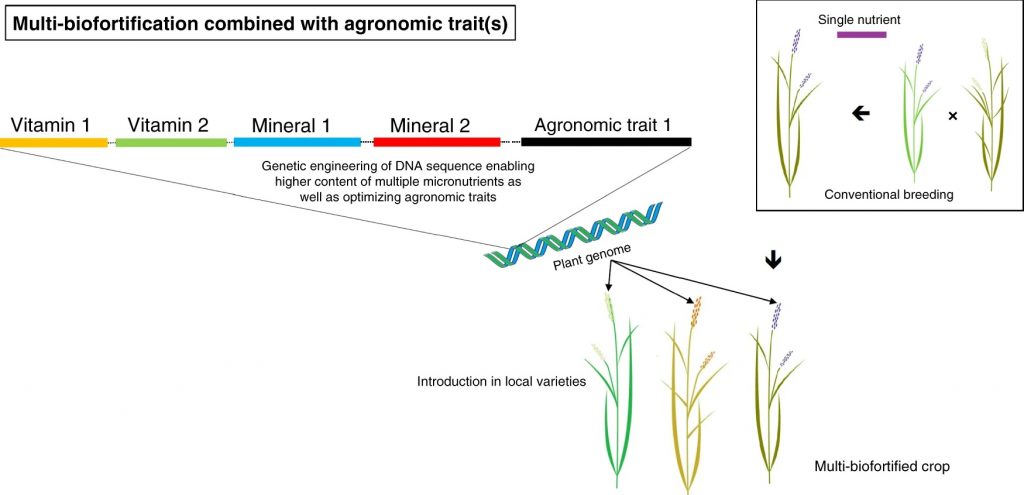
Perspective: Multiplying the efficiency and impact of biofortification through metabolic engineering (Nature Comms.)
As heterotrophs, we are what we eat. One of the UN Sustainable Development Goals is to end all forms of hunger, including the “hidden hunger” that results from nutrient deficiencies. Van Der Straeten et al. provide an overview of biofortification strategies. They review current successes from…

